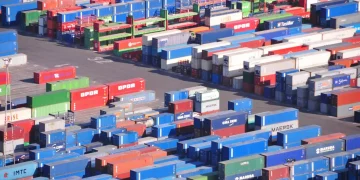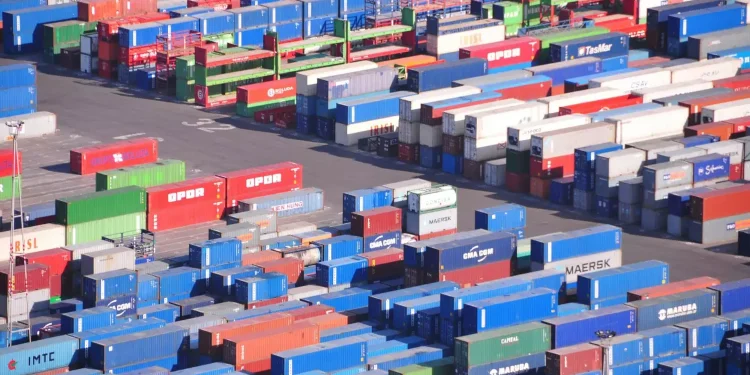The global shipping industry faces mounting uncertainty as container prices continue to fluctuate, creating challenges for stakeholders across the supply chain. Rising costs, driven by demand imbalances, port congestion, and broader economic factors, are impacting the stability of international trade.
A Closer Look at the Factors Driving Price Volatility
1. Global Trade Imbalances
The uneven flow of goods between regions, particularly between Asia and Europe, has resulted in mismatches in container availability. Some markets face a surplus of containers, while others struggle with scarcity, driving unpredictable price hikes.
2. Ongoing Port Congestion
Delays at key ports, exacerbated by labor shortages and operational inefficiencies, are reducing the circulation of containers. As a result, carriers are passing increased costs onto shippers and freight forwarders.
3. Rising Operational Costs
Inflation and climbing fuel prices have further contributed to the rising cost of container shipping. These factors add to the burden on businesses already grappling with uncertain market conditions.
Impact on the Logistics Sector
For Shippers
Businesses are experiencing higher shipping costs, which may ultimately be passed on to consumers. This creates challenges for companies aiming to remain competitive in price-sensitive markets.
For Freight Forwarders
The volatility complicates rate negotiations with clients, forcing freight forwarders to adopt flexible pricing strategies while managing tighter profit margins.
For End-to-End Supply Chains
The ripple effect of higher container prices can be seen throughout the supply chain, impacting production schedules, inventory management, and final delivery timelines.
What Industry Leaders Are Saying
Experts in the field highlight the importance of adaptability in navigating this volatile environment. Collaborative efforts among shipping lines, port operators, and logistics companies are critical to addressing inefficiencies and restoring stability to the market.
Proactive Strategies for Resilience
To mitigate the impact of container price volatility, stakeholders are adopting innovative approaches, including:
- Investing in Technology: Digital tools and predictive analytics are being used to enhance supply chain visibility and forecast demand accurately.
- Exploring Alternative Routes: Companies are diversifying shipping routes to reduce dependence on congested hubs.
- Focusing on Collaboration: Partnerships between carriers and shippers are helping to develop flexible solutions for capacity and pricing challenges.
Looking Forward
While uncertainty persists, the shipping industry has shown resilience in adapting to evolving market conditions. By focusing on innovation, collaboration, and sustainability, logistics providers can navigate the challenges posed by container price hikes and support global trade.
#TheLogisticNews #ContainerShipping #GlobalTrade #SupplyChainChallenges #FreightForwarding #PortCongestion #ShippingRates #LogisticsInnovation #ResilientSupplyChains























